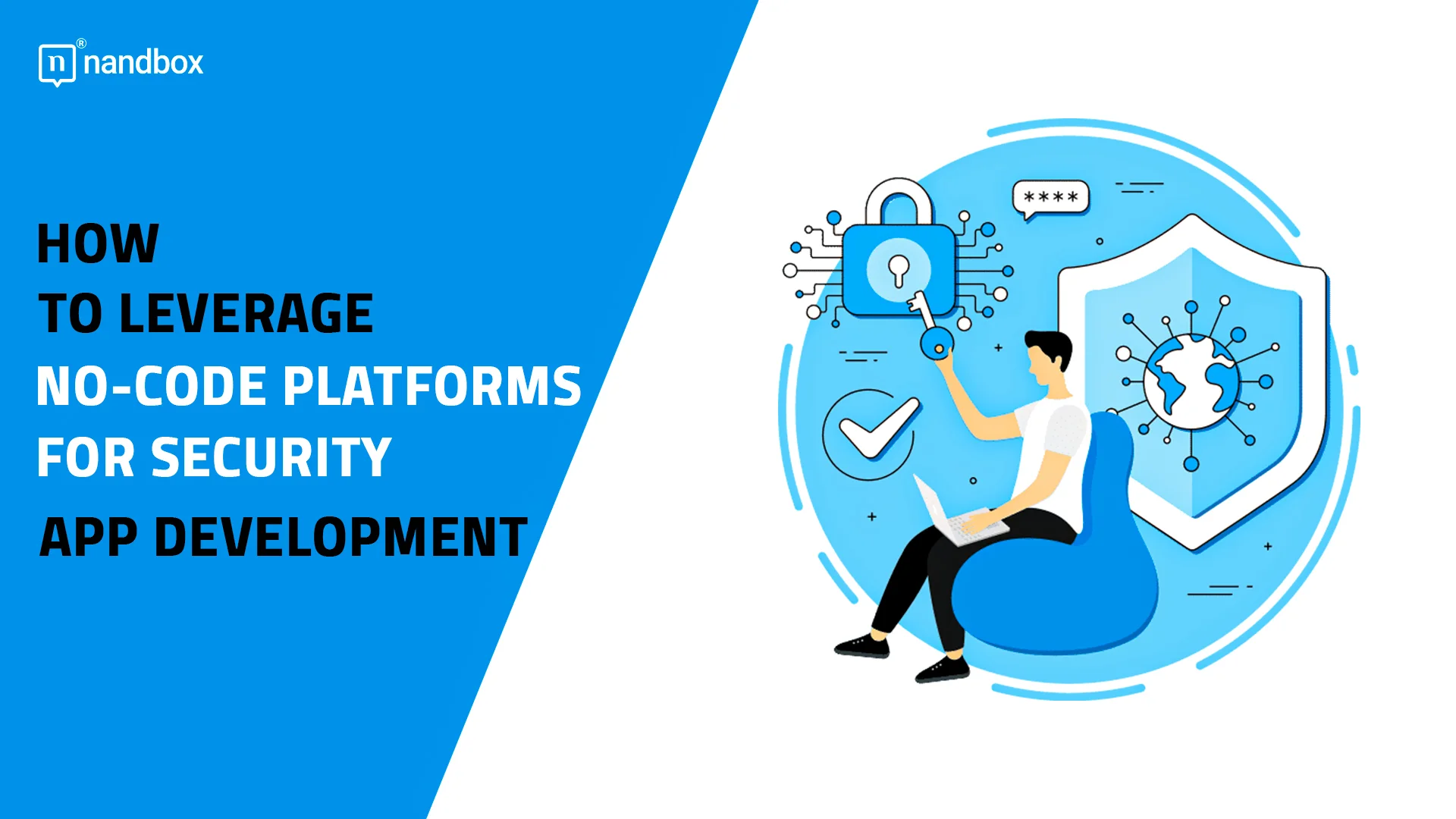Many organizations need solid no-code security apps, but they’re often stuck because traditional development is too complicated and moves too slowly. IT teams sometimes struggle to keep pace, which leads security teams to rely on older tools that create vulnerabilities in protection.
No-code systems offer a faster and simpler approach to doing tasks. These systems provide ready-made components and visual interfaces, which help security teams construct unique apps without writing code. Developing safe apps requires a strong awareness of the main characteristics of the platform and the recommended practices to use.
Key Features of No-Code Platforms for Security Apps
Easy Visual Development Tools
Drag-and-drop interfaces in no-code platforms enable users to construct apps by organizing pre-built components. This is very useful when constructing monitoring dashboards or configuring automated incident alerts. WYSIWYG editors show live previews, making changing features like alarm triggers simple and ensuring the program operates as intended.
Pre-Built Security Components
These platforms offer ready-to-use modules such as login forms, data fields, and notification triggers. For example, a visitor management app might include a pre-configured access form that can be adjusted visually without coding, such as setting a time limit for visitor access. These pre-built components save time and maintain consistency across security apps.
Integration with External Security Systems
Making Apps Smarter with APIs
APIs let no-code apps connect to outside security cameras or alarm systems, automatically alerting the dashboard when something happens. Bold Group offers a solution that makes it easier to make unified security control panels by giving you tools for seamless connections.
Mitigating Third-Party Risks
Relying on third-party services introduces potential security vulnerabilities. Unsecured APIs can become entry points for attackers. To lower risk, pick trustworthy vendors, check app connections, and use safety steps like API keys and encryption. This will help ensure that connections don’t break security.
Addressing Security Concerns in No-Code Security Apps
Strengthening Access Control and Authentication
A significant problem with no-code applications is insufficient access control owing to shared service credentials, making monitoring user activities difficult. Inadequate security could let illegal users exploit these weaknesses.
Role-based access restrictions and multi-factor authentication help you avoid this. SSL/TLS will help you guarantee that all your communication lines are safe and data-interception-free. These solutions monitor your data and ensure that you have access to necessary app features.
Securing Data Transfers and Migrations
Data migration between systems, especially during scaling, can expose sensitive information if not managed securely. Inadequate encryption or poor access policies can lead to data leaks. Best practices include encrypting data while it’s being sent, using HTTPS protocols, and only letting essential staff and third-party services view it. When you do regular security checks, you can find holes in your defenses before they become risks.
Preventing Configuration Oversights
Often, with default settings that may not fit exact security requirements, no-code system configurations like open public access might make programs vulnerable. Examining every app’s security settings can help you address this and make necessary changes. Try modeling illegal access attempts and running frequent tests to find misconfiguration hazards.
nandbox App Builder
nandbox App Builder is a robust no-code platform that can greatly expedite the creation of security apps. nandbox’s user-friendly drag-and-drop interface and pre-made templates enable developers and companies to construct secure applications without requiring a deep understanding of coding. You may create apps with robust security features like user authentication, data encryption, and safe data storage while cutting down on development time and expense by utilizing nandbox’s customisable capabilities.




